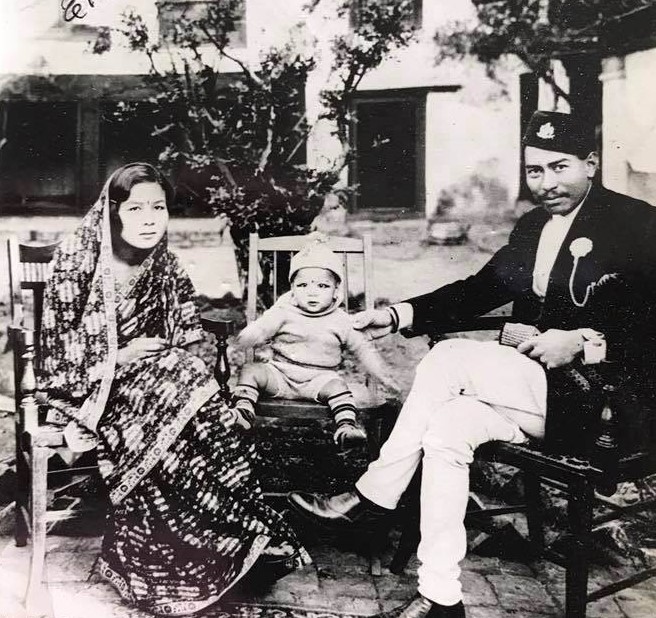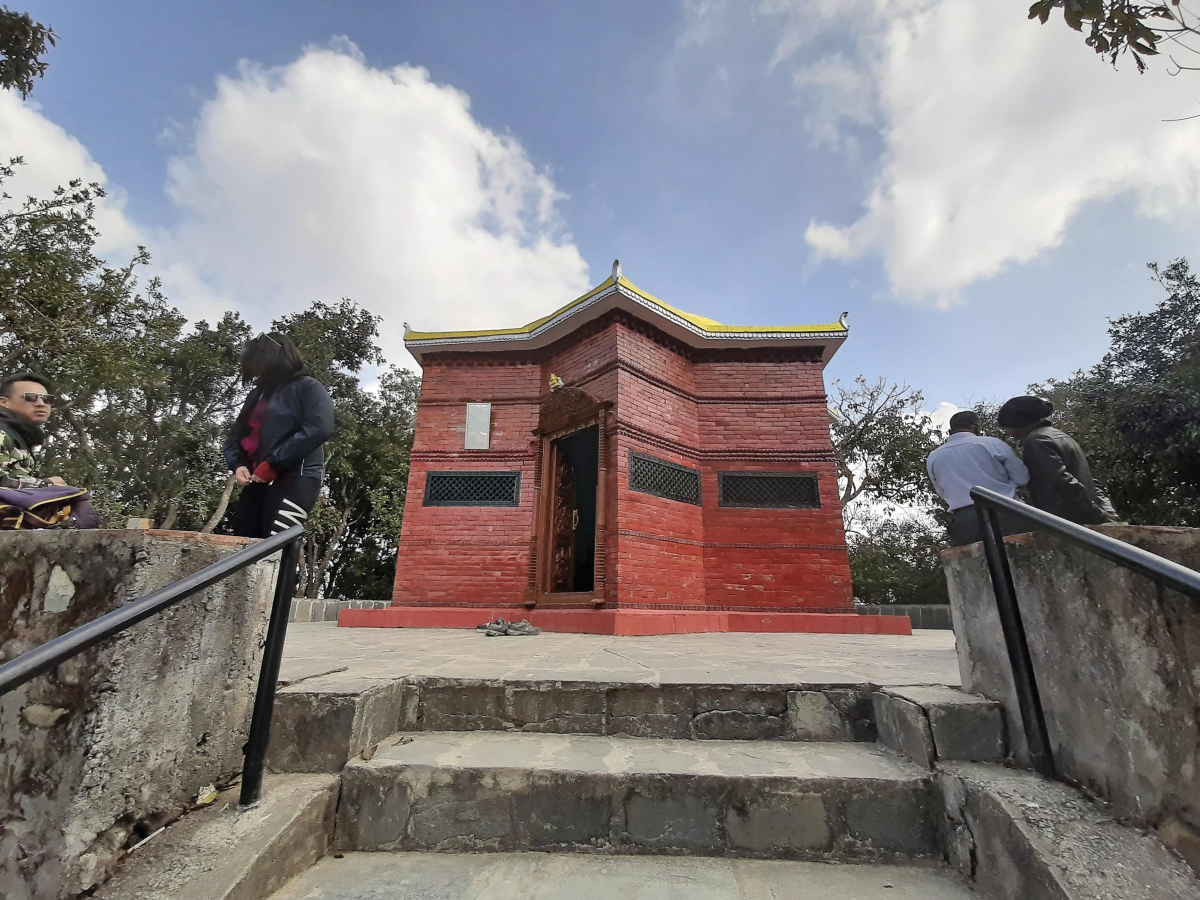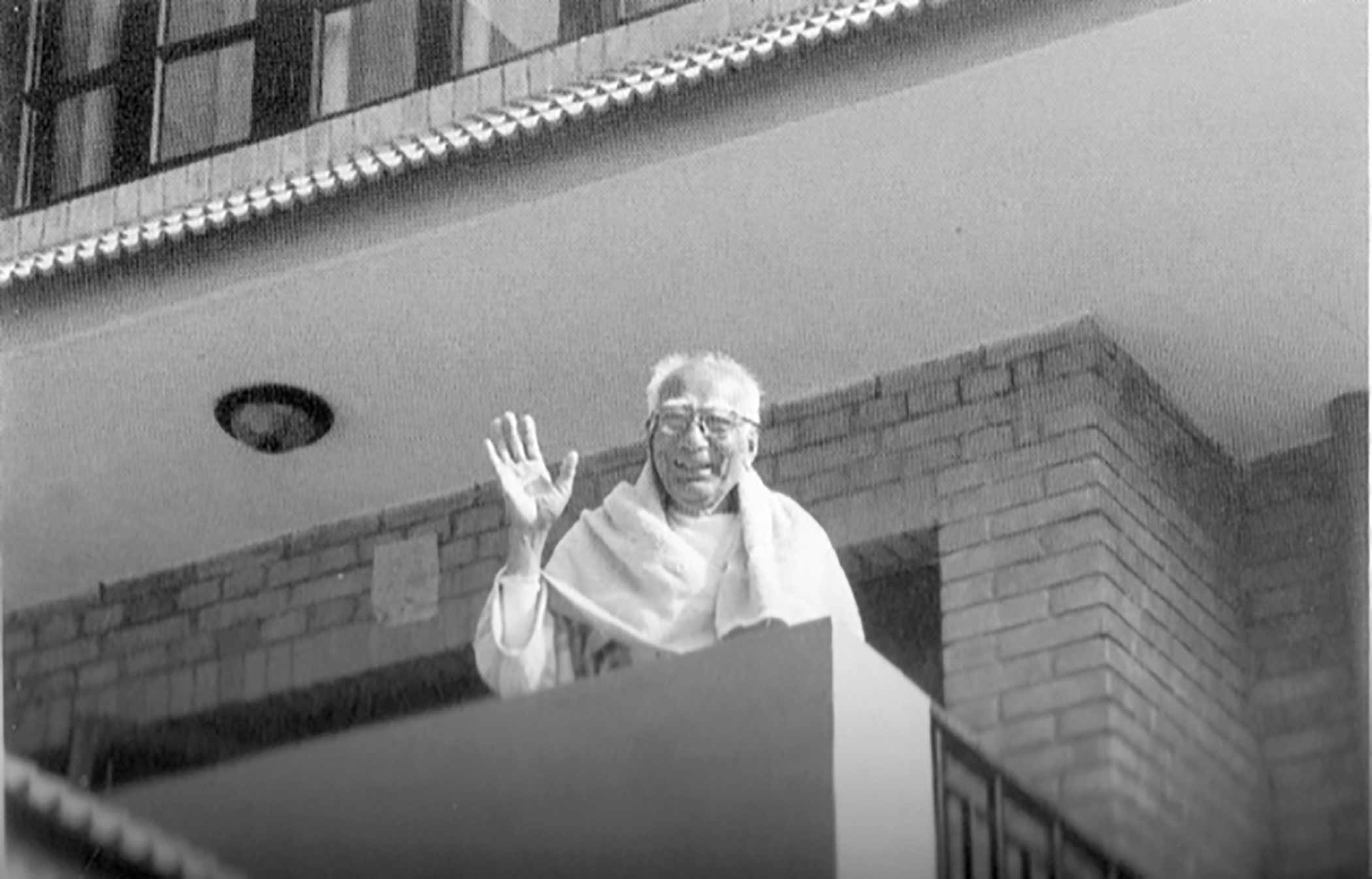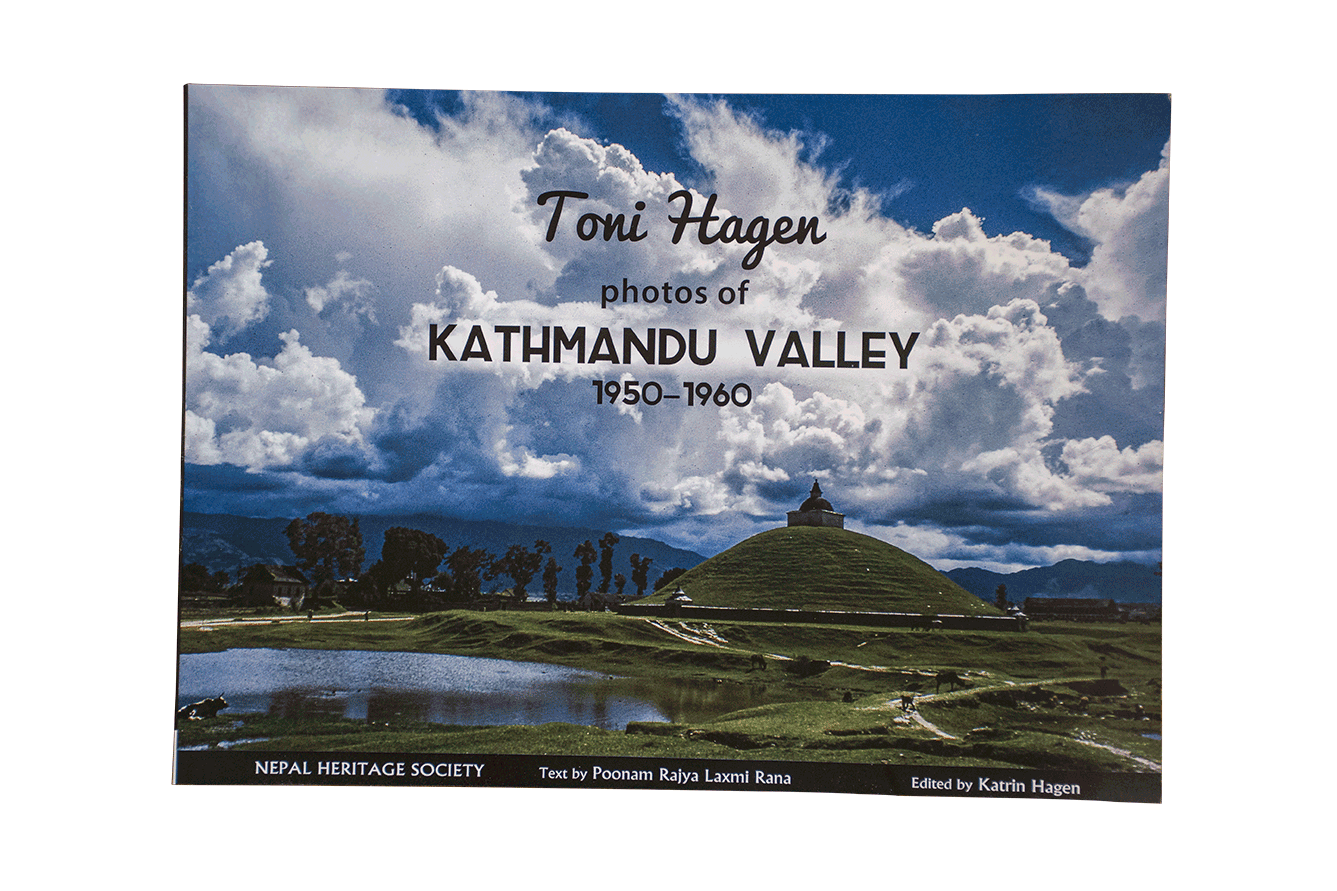“From the very first page the book starts like historical fiction. The story of Adi Bhakta and his family is the saga of two brothers, the elder a revolutionary who sacrificed his life for democracy and the younger one a karmayogi who supported the movement while maintaining his family with honesty and sincere work.” - Prof. Birendra Mishra.
This remarkable book is the biography of two brothers from Nepal’s historically prominent Mathema family — Dharma Bhakta Mathema (the Martyr) and his brother Dhruba Bhakta Mathema (the Karmayogi). It begins with an overview of the Mathema family heritage, including an appreciation of the remarkable life of the patriarch, Adi Bhakta, father of Dharma and Dhruba, who served the ruling Rana family for many years during the late 19th and early 20th centuries. After a falling out between Subba Adi Bhakta and Prime Minister Chandra Shamsher (who ruled from 1901 to 1929), Adi Bhakta went into exile as a businessman in Calcutta (Bengal) and Gauhatti (Assam) for many years. His sons, Dharma (b.1908) and Dhruba (b.1914), though born in Nepal, were largely raised and schooled in India before returning to settle in Kathmandu.
The story of Dharma Bhakta’s role in Nepal’s anti-Rana revolutionary movement of the 1930s and ’40s is then related in a relatively short narrative. Dharma was a renowned bodybuilder and personal trainer to King Tribhuvan at the royal palace, but it was his political activities and fate as a martyr for which he is best known. In 1936, during Juddha Shamsher Rana’s premiership, Dharma Bhakta and several others founded the Nepal Praja Parishad (Popular Council), an underground organization promoting democracy for Nepal in direct opposition to the Rana oligarchy. In time, the King himself secretly approved of the Praja Parishad’s anti-Rana activities. The King was even said to have attended one or more of its meetings.
For his active role in the struggle, however, Dharma and several others were ultimately arrested and martyred. Dharma’s martyrdom came when he was hung from a lilac tree at Sifal, on the northeast side of Kathmandu at midnight on January 24, 1941. He was 33 years old. Today he is honored along with three others in the Martyr’s Monument at Shahid Gate near Tundikhel in central Kathmandu. An inscription on a commemorative stone plaque at Sifal reads:
Dharma Bhakta launched a historical struggle for democracy in 1993 V.S. [1936 AD] against the Rana rule. He attained martyrdom on 13 Magh 1997 V.S. here [January 24, 1941 AD]. Known as the Iron Man of Nepal at that time, who was once decorated with the title of Bengal champion, he was King Tribhuvan’s instructor in physical education.

Photo of Dharma Bhakta, with his wife Uttara and daughter Renu at Ombahal, Kathmandu (c. 1938).
In Chapter 5, the remarkable story of the younger brother is told in some detail. Dhruba Bhakta Mathema lived a long and distinguished life as a true karmayogi, quietly supporting his brother’s political activities in important ways. While living and working in India, he was in a good position to indirectly and discreetly assist the leaders of the Praja Parishad. As a businessman, he had ways of arranging the shipment of supplies and other means of support to the revolutionaries, while maintaining his personal stance against direct involvement in the Praja Parishad’s affairs.
All the while, Dhruba’s fame was also growing as an able manager of the Tibetan side of a considerable trade between Tibet and India. Soon, he was authorized to represent the Tibetan government more widely in trade and commerce, which led to a remarkable assignment. In 1948, when the Tibet government set out to revalue its currency, the trade mission in India was instructed to buy gold bullion with which to support it. In time, 16 barrels of the precious metal arrived in Calcutta on a Pan American Airline plane. After Dhruba received the valued shipment he had the gold re-packed in crates to be carried north by mule-train through Kalimpong and across the Tibet border to Lhasa. Dhruba had such high standing with the Tibetans that when the government in Lhasa feared losing its independence, Cabinet Minister Surkhang requested his participation in talks with envoys of Western countries at Delhi in an attempt to establish diplomat relations between Tibet and the outside world.
After a decade working for the Tibetans, Dhruba considered moving to Kathmandu. As a step in that direction, he arranged to meet King Tribhuvan whom he knew was making a brief visit to Biratnagar in eastern Nepal. When the King heard that Dhruba was the brother of the late martyr His Majesty embraced Dhruba and promised to help him become established in a useful capacity.
After some time making arrangements, the first of his assignments in Nepal came in January 1953 when he was employed by the U.S. Operations Mission (later known as the U.S. Agency for International Development) in a managerial support capacity. In the early 1960s, he moved from USAID to the Nepal country office of the American Peace Corps where he worked alongside several of the organization’s first directors. Two of them wrote glowing statements reflecting on Dhruba’s professional integrity and managerial skills.
Robert H. (‘Bob’) Bates wrote about how much he and deputy director William F. (‘Willi’) Unsoeld appreciated Dhruba as “our chief clerk, dear friend, and the most valuable asset the Nepal Peace Corps was to have for years to come.” Bates described Dhruba as “an extraordinary man... of great integrity and wise guidance [whose] sons were later to become distinguished, too, at Tribhuvan University, the World Bank, and UNICEF. Another one became the top city planner in Nepal and a daughter received her Ph.D. at Stanford...”
Willi Unsoeld also had ample praise for Dhruba, describing him as “a cunning guide amid the trackless jungles of US Government bureaucracy,” possessing a “bottomless well of enlightened Nepali wisdom and rare intensity of human sympathy and understanding.”
During his tenure with US government agencies in Nepal, Dhruba also worked tirelessly to assure that all Nepali staff were properly recognized and compensated.
A few years after retiring from service, Dhruba was asked to assist in managing the necessary clearances and arrangements for a project to photograph and map Sagarmatha (Mount Everest). This work involved a tripartite arrangement between Nepal, China, and the Boston Museum of Science; and, later, with the National Geographic Society. Dhruba’s presence and abilities to smoothly manage this late-in-life adventure was the capstone to a fascinating life.
After a life of selfless service, Dhruba died peacefully at home in Sanepa in 2009, a few years short of a century in age
‘The Life and Times of Dhruba Bhakta Mathema (Context: Martyr Dharma Bhakta Mathema)’ was released in December 2019 by The Pragya Foundation (Kathmandu). A main source of the dual memoir is a book researched and written by the historian Prof. Bhaveshwar Pangeni, published in 2006 (in Nepali) by the Martyr Dharma Bhakta Study Foundation. ‘The Life and Times...’ was prepared by Dhruba’s eldest son, Keshab Bhakta Mathema, based primarily on Prof. Pangeni’s work and on his own reminisces and discussions with his aging father. The book includes a Forenote by Anand Aditya, a Prologue and Epilogue by Keshab Bhakta Mathema, several Maps and Photos, a list of Key Characters, a Chronology of Political and Family Events, two Annexes, a Glossary, Bibliography, and Index. (ISBN 978-9937-8184-2-1).
‘Martyr’ is ‘shahid’ in Nepali, as in the Shahid Gate memorial monument in central Kathmandu.
‘Karmayogi’ defines someone who lives his life in selfless service to family and society, referring here to Dhruba’s quiet, behind-the-scenes support of his brother Dharma’s patriotic revolutionary activities from in the 1930s until his martyrdom in 1941. It also includes the fole of Dhruba and his wife as surrogate parents to Renu, the infant daughter of Dharma Bhakta, who was orphaned shortly after Dharma’s martyrdom when her widowed mother died of a long illness.
‘Subba’ is a title given to Adi Bhakta Mathema by the Ranas, which indicated his high rank as a respected civil servant in service to the Rana government.









